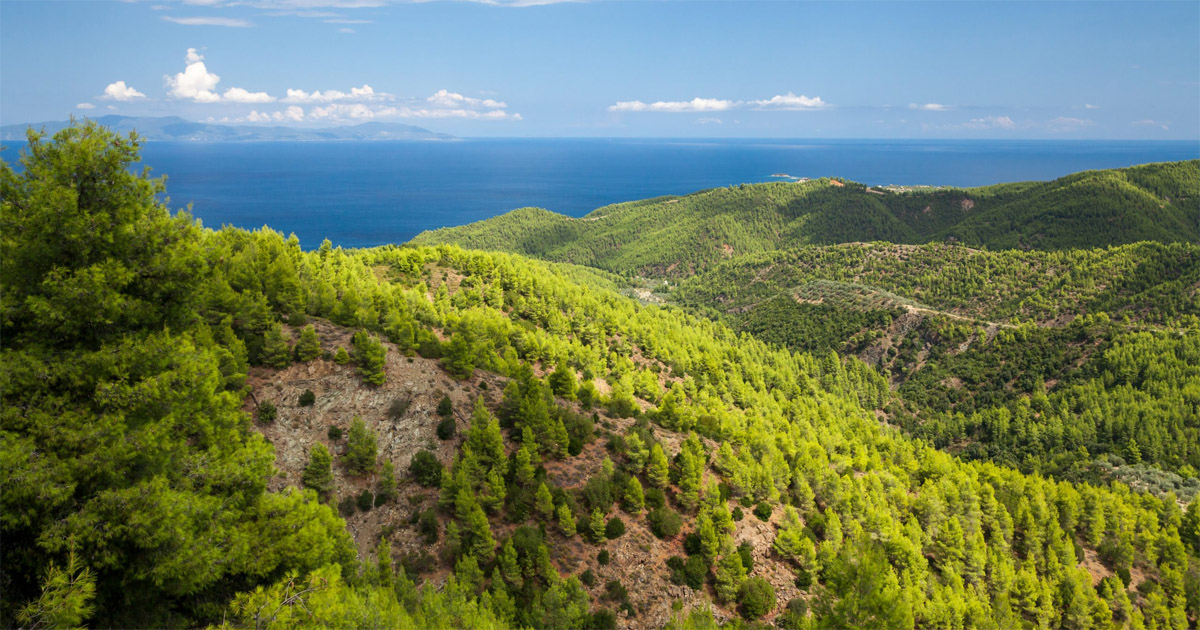Coastal blue carbon ecosystems can be an important nature-based solution for mitigating climate change, when emphasis is given to their protection, management, and restoration. Globally, there has been a rapid increase in blue carbon research in the last few decades, with substantial investments on national scales by the European Union, the USA, Australia, Seychelles, and Belize. Blue carbon ecosystems in South and Southeast Asia are globally diverse, highly productive and could represent a global hotspot for carbon sequestration and storage. To guide future efforts, we conducted a systematic review of the available literature on two primary blue carbon ecosystems—seagrasses and mangroves—across 13 countries in South and Southeast Asia to assess existing national inventories, review current research trends and methodologies, and identify existing knowledge gaps. Information related to various aspects of seagrass and mangrove ecosystems was extracted from 432 research articles from 1967 to 2022. We find that: (1) blue carbon estimates in several countries have limited data, especially for seagrass meadows compared to mangrove ecosystems, although the highest reported carbon stocks were in Indonesia and the Philippines with 4,515 and 707 Tg within mangrove forest and 60.9 and 63.3 Tg within seagrass meadows, respectively; (2) there is a high difference in the quantity and quality of data between mangrove and seagrass ecosystems, and the methodologies used for blue carbon estimates are highly variable across countries; and (3) most studies on blue carbon stocks are spatially biased towards more familiar study areas of individual countries, than several lesser-known suspected blue carbon hotspots. In sum, our review demonstrates the paucity and variability in current research in the region, and highlights research frontiers that should be addressed by future research before the robust implementation of these ecosystems into national climate strategies.
DOI:
https://doi.org/10.1016/j.scitotenv.2023.166618
Altmetric score:
Dimensions Citation Count:

Publication year
2023
Authors
Stankovic, M.; Mishra, A.K.; Rahayu, Y.P.; Lefcheck, J.; Murdiyarso, D.; Friess, D.A.; Corkalo, M.; Vukovic, T.; Vanderklift, M.A.; Farooq, S.H.; Gaitan-Espitia, J.D.; Prathep, A.
Language
English
Keywords
mangroves, ecosystem management, carbon, seagrass, coastal areas, climate change, mitigation
Geographic
Bangladesh, Brunei Darussalam, Cambodia, India, Indonesia, Malaysia, Myanmar, Philippines, Singapore, Sri Lanka, Thailand, Timor-Leste, Viet Nam























